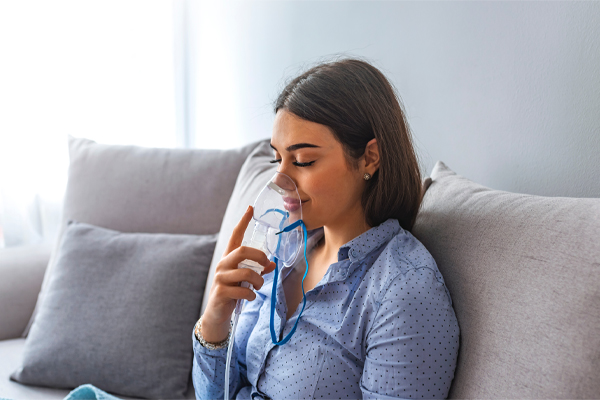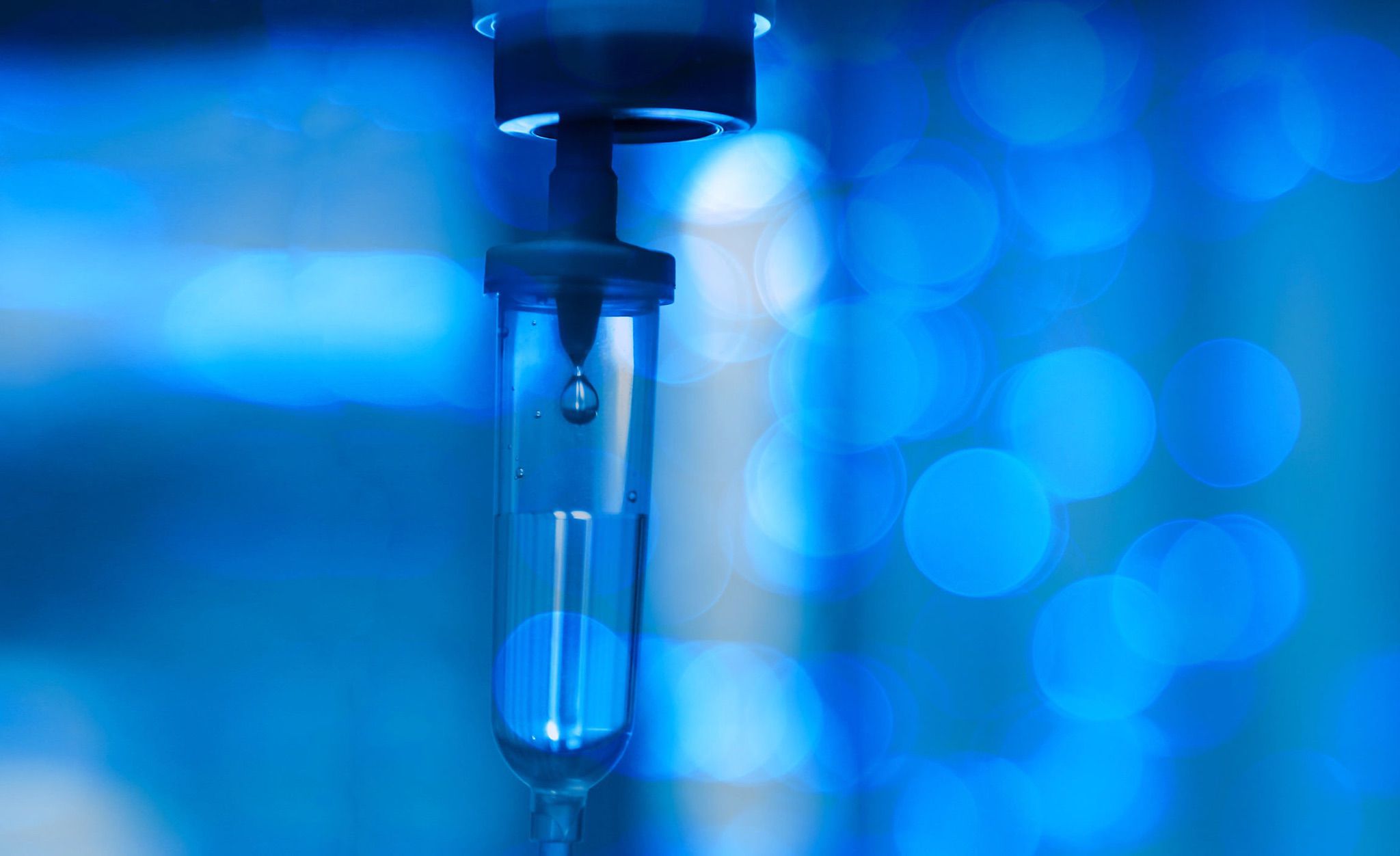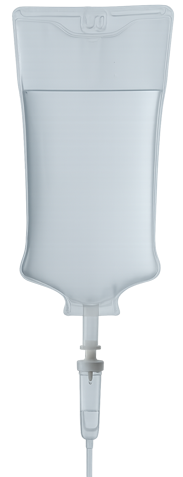So, what does nebulizing mean exactly? And what’s the deal with nebulizing solutions? Below, we examine all of this and more, breaking through the confusion surrounding nebulization.
What is Nebulizing?
Nebulizing involves the administration of medicine via inhalation into the lungs and nasal passages. Essentially, a nebulizer machine turns liquid medicine into mist. This provides quick delivery where needed.
Nebulization vs Inhalers
Generally, nebulization is a great alternative for those that can’t quite use inhalers, such as small children or babies. However, it’s also very beneficial for many individuals in the general population.
Additionally, there are also nebulizing diffusers that can be used to distribute essential oils and similar substances into the air in a room. The difference between a nebulizing diffuser and other diffusers is that water is not required to vaporize the medicine into the air.
In many cases, nebulizing solutions are used to help deliver medicine to individuals with asthma or other chronic respiratory diseases and conditions.
Portable Nebulizers vs Tabletop Nebulizers

When it comes to choosing a nebulizer machine, there are various options. Many individuals opt for a portable nebulizer that runs on batteries and can be found at an affordable price. This allows you to carry your nebulizer wherever life takes you. ( LotusRain Naturopathic Clinic carries nebulizers, call to find out more.)
There are also just as many tabletop nebulizers available. Generally, these tend to come at an even lower price than portable nebulizers.
Additionally, there are options to choose a mouthpiece or a face mask to deliver the medicine or solution. Research indicates that face masks are frequently used when a person is unable to use a mouthpiece. Medicinally, the reason for this is to avoid exposure of the face and ocular areas to the drugs being administered. At the same time, other sources claim that this all comes down to what your personal preference is.
When the medicine is delivered through a mouthpiece, the main problem many patients face is the unpleasant taste of most medicines and solutions. Further, as treatment duration is quite long, a face mask requires less concentration and is hands-free.
Lastly, since a nebulizing treatment might require you to have the nebulizing mask or mouthpiece on for 10-15 minutes at a time, many individuals might find the tabletop version inconvenient. Basically, it’s up to you to decide which works best for you.
The Big Question: How Do You Do It?
There tends to be considerable confusion as to how to use a nebulizer. So, here’s a quick step-by-step rundown:
- Step 1 – Wash your hands.
- Step 2 – Set up the nebulizer following the manufacturer’s instructions. (This may mean turning on the machine and/or attaching a hose to the air compressor portion of the machine.)
- Step 3 – Pour the solution (see FAQ section) into the medicinal cup portion of the machine. Ensure you then close the lid tightly.
- Step 4 – Affix the mouthpiece or mask and hose to the medicinal cup portion, if not already attached.
- Step 5 – Place the mouthpiece/mask to your mouth, securing it so that all of the medicine goes directly to your lungs.
- Step 6 – Breath in until the medicine is used up. Typically, this is the part that takes about 10-15 minutes. Some individuals might also find it useful to plug their nose when using a mouthpiece during this part to ensure they are inhaling the medicine to the best of their ability.
- Step 7 – Turn off your nebulizing machine, then wash and dry it before your next use.
The Benefits of a Nebulizer Machine
Research shows the effectiveness of nebulizing when it comes to treatment and outcomes for individuals with COPD (chronic obstructive pulmonary disease). However, further benefits of nebulizing include:
- Effective medicinal delivery
- Effective preventative therapy for individuals with respiratory issues or for those prone to developing respiratory issues.
- Easy-to-use for most individuals, including children and the elderly.
- Convenient
- Provides quick relief
Frequently Asked Questions
If you’ve got more questions, check out our frequently asked questions section below for more information regarding nebulizing and how it works.
What can you use in a nebulizing machine?
The general consensus seems to be that medicine, such as albuterol or ipratropium, should primarily be used in most nebulizing machines. However, there is recent info on how to use hydrogen peroxide and glutathione for lung health and preventative health.
When using hydrogen peroxide, it’s important to use Food Grade hydrogen peroxide versus standard H202 to ensure it doesn’t contain any hazardous chemicals, toxins, or stabilizers. These types of hydrogen peroxide are usually labeled “3% hydrogen peroxide” solutions.
Further, studies show that glutathione can help prevent oxidative stress in the respiratory pathway. Similar theories have also been put forth regarding hydrogen peroxide in reducing one’s risk of respiratory infections.
Recommended Solution
For hydrogen peroxide, it is recommended to place 1 teaspoon of hydrogen peroxide combined with 4 teaspoons of saline solution into the medicinal part of the nebulizer. A similar method is used for glutathione. However, it’s recommended to always get these solutions from your doctor, which most likely means a prescription will be required. Alternatively, a naturopath may help guide you on using a nebulizer for such use.
Can you store the solution or make it fresh?
Usually, the saline liquid and medicine are mixed at the same time within the medicinal portion of the nebulizing machine. Again, it’s important to follow the instructions of your healthcare provider. It is not recommended to use a nebulizer without prior instructions since the liquid is being directly administered to your lungs.
How long do you have to wait to see results?
For specific lung or respiratory issues, a person may notice changes right away. In these cases, individuals may use the nebulizer every day or multiple times a day.
For preventative measures, it is usually recommended to use the nebulizer once every 4-6 weeks. However, this will vary depending on you and your health or condition.
What should you expect?
This entirely depends on what you’re using nebulizing for and what you are putting in your nebulizing machine. If using prescribed medicine, you might notice results immediately, such as decreased flare-up or coughing.
For preventative measures, you might simply notice that you breathe easier. Even just one treatment can have these effects. At the same time, some individuals might find with some preventative practices, like using glutathione, that they develop a cough, breathlessness, or bronchoconstriction. This frequently happens for asthmatic patients. In this case, a person should stick to inhaling only their prescribed medication.
Can you put essential oils or oil of oregano in a nebulizing machine?
Usually, the use of essential oils or oil of oregano in a nebulizer is reserved for nebulizing diffusers. In fact, placing some essential oils in a nebulizer might actually melt the plastic pieces in the machine. If you intend on trying essential oils (under the direction of a naturopath or other healthcare provider), ensure it is a disposable nebulizer.
Curated content: Krista Bugden and Innovative Medicine








